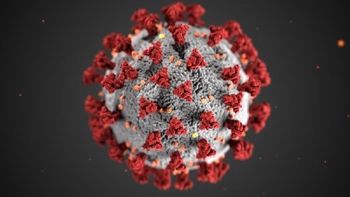
Insights from industry experts on ways their departments have changed during the pandemic.

Insights from industry experts on ways their departments have changed during the pandemic.

Society categorizes patients based on risk associated with delaying services.
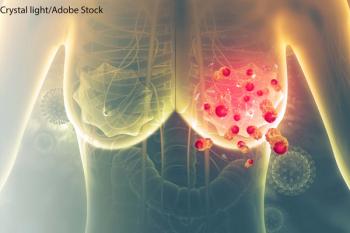
Study shows three risk factors for breast cancer can be passed down through genes.
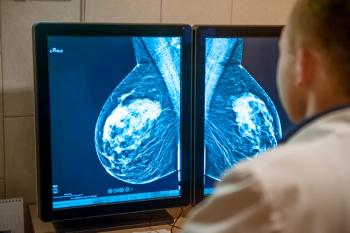
Research reveals half of radiologists saw no change in their recall rates.
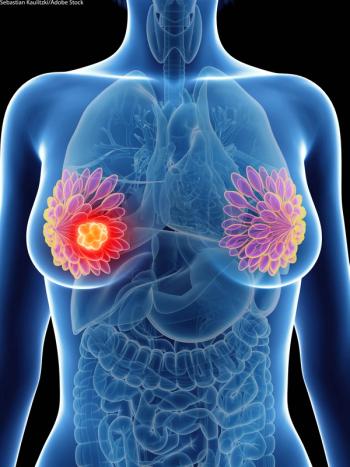
Shortened protocol identifies more cancers than ultrasound or mammography.

Agency instructs imaging centers on possible closures and surveys.
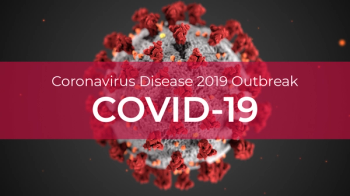
Recommendations touch on patient care and infection control.

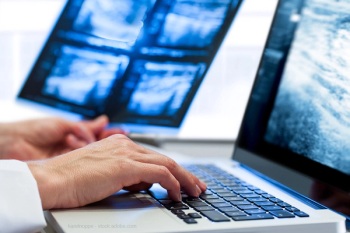
Preference for emailed video offers benefits to both patient and radiologist.
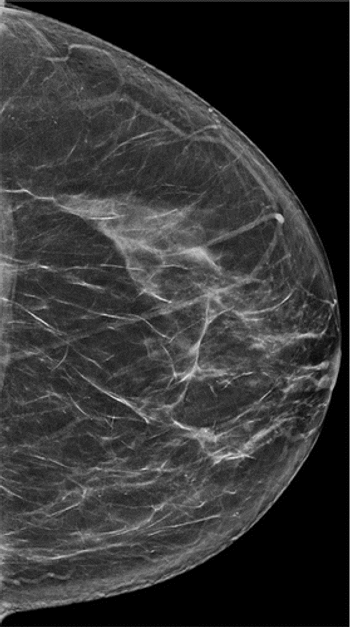
Digital breast tomosynthesis identifies more aggressive cancers with fewer false positives than traditional mammography over the long term.
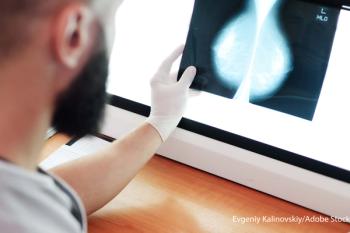
ScreenPoint Medical receives greenlight for Transpara™ 1.6.0. to reduce read times.

Continued screening in older age doesn’t provide greater survival benefit.
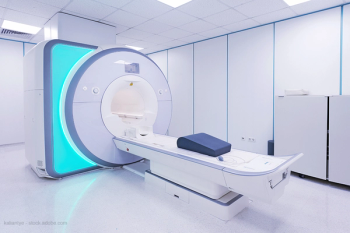
Shorter, less-expensive exam identifies more cancers in average-risk women.

Screening mammography can improve triple-negative breast cancer survival rates for African-American women.

Volpara Solutions Chief Knowledge Officer Julian Marshall talks with Diagnostic Imaging about the impetus and impact of the partnership with ScreenPoint Medical

Research indicates breast density laws aren't working well, and online patient education resources likely aren't helping.

The latest roundup of radiology news and studies.
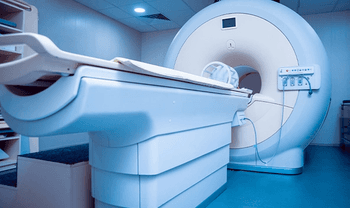
How-to guidance for using abbreviated MRI as a screening tool.
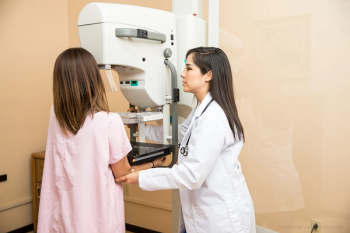
The trends and technologies driving mammography in 2019 and beyond.

From the efficacy of AI as a cyberweapon to MRI for diagnosing strokes, the latest radiology news and studies you need to know.

From updated mammography screening guidelines to a link between obesity and brain structure, these are the studies and news you need to know.
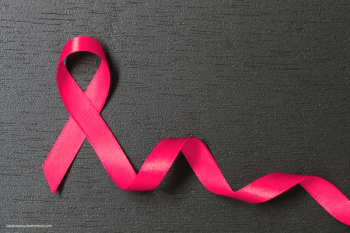
Women who participated in regular breast screening programs benefitted more from therapy than women who were not screened regularly.
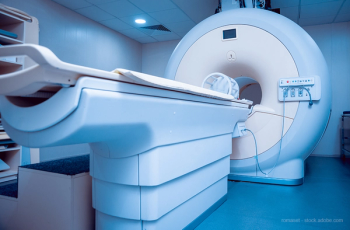
Lobular or HER2–negative cancers are underestimated in size at MRI compared with ductal or other subtypes.
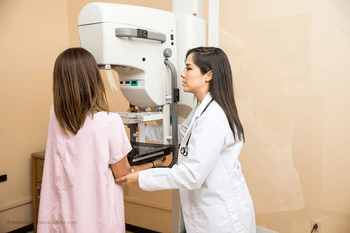
Some were concerned about increased imaging and interpretation times associated with DBT.
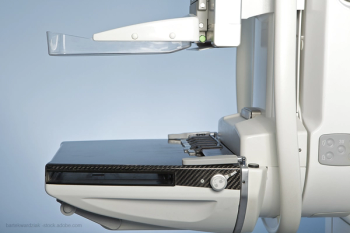
Not following ACR practice guidelines potentially leads to unnecessary workups and extra health care costs.